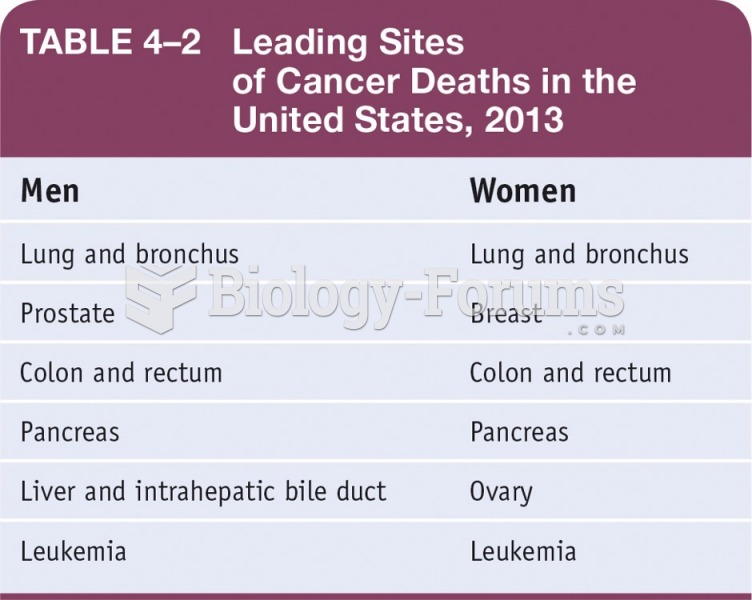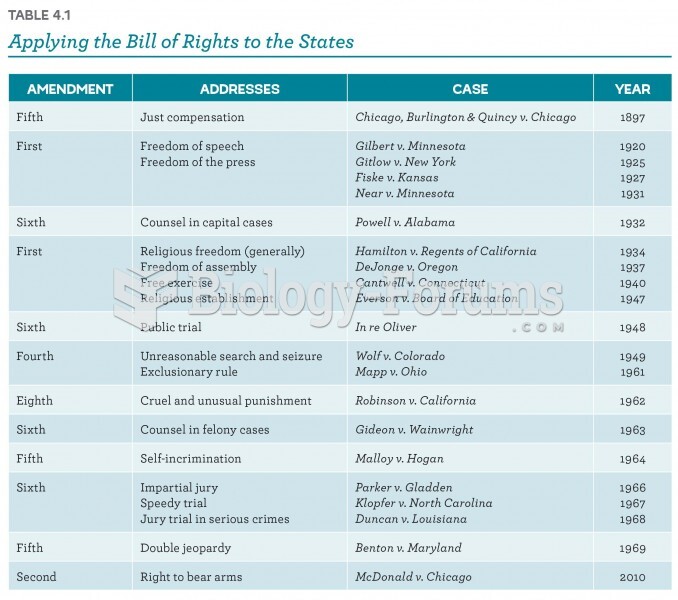Answer to Question 1
The Sexuality Information and Education Council of the United States (SIECUS) offers the following guidelines to help parents and caregivers communicate with their children effectively about sexuality:
1. You are the primary sexuality educator of your children. They want to talk with you about sexuality and to hear your values.
2. Find teachable moments. Make use of TV shows even if you believe they send the wrong message. Say, I think that program sent the wrong message. Let me tell you what I believe.
3. Remember that it is okay to feel uncomfortable. It is often hard to talk about sexual matters. Relax and tell your children you are going to talk to them because you love them and want to help them.
4. Don't wait until your children ask questions. Many never ask. You need to decide what is important for them to know and then tell them before a crisis occurs.
5. Be ask-able. Reward a question with I'm glad you came to me. It will teach your children to come to you when they have other questions.
6. Become aware of the question behind the question. The unspoken question, Am I normal? is often hiding behind questions about sexual development, sexual thoughts, and sexual feelings. Reassure your children as often as possible.
7. Listen, listen, listen. Ask them why they want to know and what they already know. That may help you prepare your answer.
8. Remember that facts are not enough. Share your feelings, values, and beliefs. Tell your children why you feel the way you do.
9. Talk about the joys of sexuality. Tell your children that loving relationships are the best part of life and that intimacy is a wonderful part of adult life.
10. Remember that you are telling your children that you care about their happiness and well-being. You are also sharing your values. This is one of the real joys of parenthood.
11. Know what is taught about sexuality in your schools, faith communities, and youth groups. Other groups can help. It is often helpful when professionals lead talks.
Answer to Question 2
Answer: B







